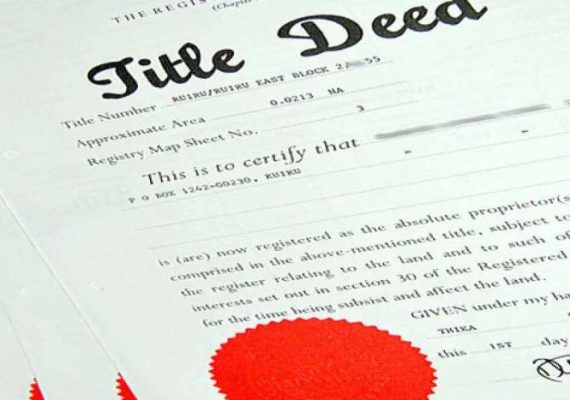What Is A Road Roller?
What Is A Road Roller?
A road roller, also known as a steamroller or simply a roller, is a heavy engineering vehicle used to compact soil, gravel, and asphalt during the construction of roads.
It typically consists of one or more cylindrical steel drums which are powered by an internal combustion engine.
Rollers may be single drum rollers or tandem rollers, and come in many sizes ranging from small sidewalk machines weighing 100 lbs to large industrial machines weighing up to 40 tons.
The roller applies pressure onto the surface being rolled on and compacts the material together forming a smooth surface for road traffic.
What Does A Road Roller Do?
A road roller is a heavy machine used to compact soil, gravel, concrete and asphalt surfaces to form roads.
It is typically made up of a heavy steel frame that supports an engine which powers a pair of tandem smooth or ridged drums.
The drums work together to evenly compress the surface being worked on, and are capable of making small bumps and irregularities in the pavement disappear.
Road rollers are also used for other tasks such as creating sports fields, laying paths for parking lots and driveways, railroad track construction as well as airfield construction.
What Is The Difference Between A Steam Roller And A Road Roller?
A steamroller is a type of heavy machinery used to level surfaces like roads and airfields, usually propelled by a steam engine.
It consists of smooth wheeled driving wheels and a large cylinder or drum instead of the traction engine’s front wheels and axle.
The weight and size of the vehicle along with its rollers combine to create the flattening action.
Most steamrollers are designed similar to traction engines, but they differ in that the main roller takes the place of the wheels and axle on traction engines.
Steamroller is also sometimes used as an umbrella term for all types of road rollers, regardless of their power source.
What Are The Types Of Road Rollers?
There are various types of rollers used for compaction work, the selection depending on the job and material to be compressed.
These include Smooth Wheeled Rollers, Single Drum Rollers, Double Drum Rollers, Vibratory Rollers, Sheepsfoot Rollers, Pneumatic Rollers, Grid Rollers and Cylindrical Rollers.
- Smooth Wheeled Rollers consist of one steel drum in front and one or two at the back, mainly used on soils that do not require much pressure for compaction such as gravel, asphalt and crushed rock.
- Single Drum rollers are small in size making them suitable for confined spaces and ideal for providing foundations or paving roads and sidewalks.
- Double drum rollers feature one steel drum at the front and another at the back; they have the ability to flatten a large area quickly.
- Vibratory rollers possess an internal eccentric shaft which causes them to vibrate while compacting surfaces.
- Sheepsfoot Rollers contain a steel drum with circular or rectangular shaped protrusions making them perfect for cohesive or fine-grained soils such as clay soil in road construction projects.
- Pneumatic Tyre Roller consists of two or more rows of four to six closely spaced tyres attached to it; this is ride-on roller equipment.
- Grid rollers’ cylindrical surface is made up of heavy steel bars forming a mesh with square gaps; they are best utilized in weathered rock or well graded coarse soils compaction work.
- Lastly Cylindrical Roller is a walk-behind roller pushed by an operator although sometimes it can be powered by engines too.
How Does A Vibrating Road Roller Work?
Vibratory rollers create vibrations by filling the drum with basalt. As the drum rotates, the basalt collides against its walls, resulting in vibration of varying intensities.
This can be further intensified through the addition of heavier basalt inside the drum. Additionally, weights attached to a motor shaft housed within the drum can also generate vibrancy.
For greater maneuverability across uneven surfaces, vibratory rollers feature wheels that enable vertical movement as well.
A driver sits in a cabin and operates all control functions for operating the roller. The engine may be positioned at either end of it.
Does Road Roller Have Brakes?
Road rollers nowadays usually lack brakes. Instead, their clutch systems have been modified with friction or reverse rotating clutches; the latter involves a clutch plate that rotates in the opposite direction of the other clutch plate and provides braking for the machine roller.
Additionally, they contain an electro-magnetic clutch system which operates electrically but transmits torque mechanically.
When activated, current flows through the electromagnet creating a magnetic field which magnetizes the rotor portion of the clutch and attracts the armature.
This sets up a frictional force at contact, resulting in a quick load acceleration to match the speed of its rotor and engaging both the armature and output hub of said clutch.
How Do Road Rollers Move?
The road rollers move slowly to ensure that the newly-laid tarmac is compressed correctly, transforming it into a unified and stable aggregate without any air pockets.
This makes it waterproof and provides adequate resistance against traffic and weather conditions.
Porousness to water, especially during frosty winter temperatures, can lead to failure, as any water able to penetrate the surface will freeze and expand, producing fissures and splitting the new material from the original foundation.
